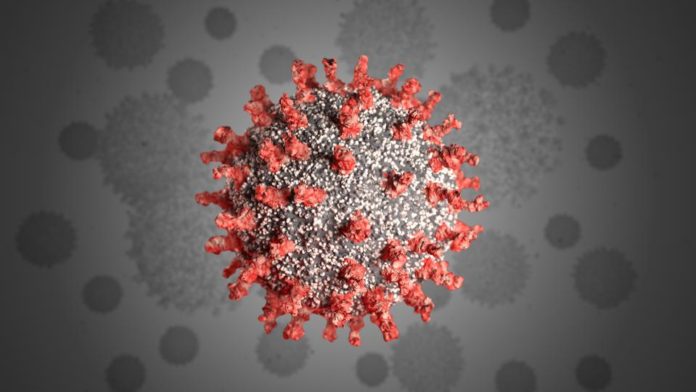|
Getting your Trinity Audio player ready...
|
The Indian government has added Ghana and seven other countries to its list of ‘at risk’ nations for international arrivals, local media reported.
The others are Kazakhstan, Ethiopia, Congo, Kenya, Nigeria, Tunisia, and Zambia. With these new additions, travellers from these countries will have to follow new COVID-19 measures to enter India.
India’s ‘at risk’ nation list includes South Africa, Brazil, China, New Zealand, the United Kingdom, Botswana, Ghana, Mauritius, Zimbabwe, Tanzania, Hong Kong, Israel, Congo, Ethiopia, Ghana, Kazakhstan, Kenya, Nigeria, Tunisia, and Zambia.
All international travellers visiting India from the above-mentioned 20 nations will have to follow additional measures. It includes on arrival PCR test (self-paid), seven days home quarantine, getting tested on eighth day post quarantine and submitting a negative report on the Air Sewa portal.
Passengers will have to show a negative COVID-19 report not older than 72 hours on arrival at any Indian airport. They’ll also have to prebook a PCR test, if arriving at one of the six major airports of India. These are Delhi, Mumbai, Bengaluru, Hyderabad, Chennai, and Kolkata.
If a passenger does not pre-books his/her tests before boarding the flight, they’ll be allowed to board the flight. However, the concerned airlines will take the responsibility for booking tests for such passengers. Those who test positive will have to follow “stringent isolation” on arrival.
Omicron now most dominant COVID-19 variant in Ghana
Meanwhile the Omicron variant of the coronavirus has become the most dominant variant of cases being recorded in the country, health authorities have said.
A senior Research fellow and Lead for COVID-19 projects at the West African Centre for Cell Biology and Infectious Pathogens (WACCBIP), Dr. Peter Quarshie said “the data we had up till the middle of December showed that Omicron was about 80 percent of the circulating virus.”
This is despite the emergence of the virus in late November.
In comparison, the Delta variant of the virus took about two to three months to become the dominant virus in Ghana.
“It was only in July that Delta reached that level of 80 percent whereas for Omicron, the first samples were in late November or early December, and already, it is about 80 percent of all the samples we were sequencing,” Dr. Quarshie said to Citi News.
Despite the fast spread, he stressed that there was no cause for alarm because “people are not getting severely sick.”
“Even as our numbers are the highest they have ever been since COVID-19 started, the admissions at the treatment centre are all low.”
He attributed this to the vaccination of many who tested positive.
Dr. Quarshie, however, added that, “from a patient viewpoint, there are more people who are getting sick than previously because it is spreading so much.”
Currently, Ghana has 11,403 active cases of the virus with 1,332 deaths.
In total, 152,243 cases have been detected in the country.
Ghana’s vaccination efforts have seen 2.8 million of Ghana’s 30 million population fully vaccinated, while 6.6 persons have received at least one dose of the vaccine.
SOURCE: DAILY MAIL GH with files from News Agencies





